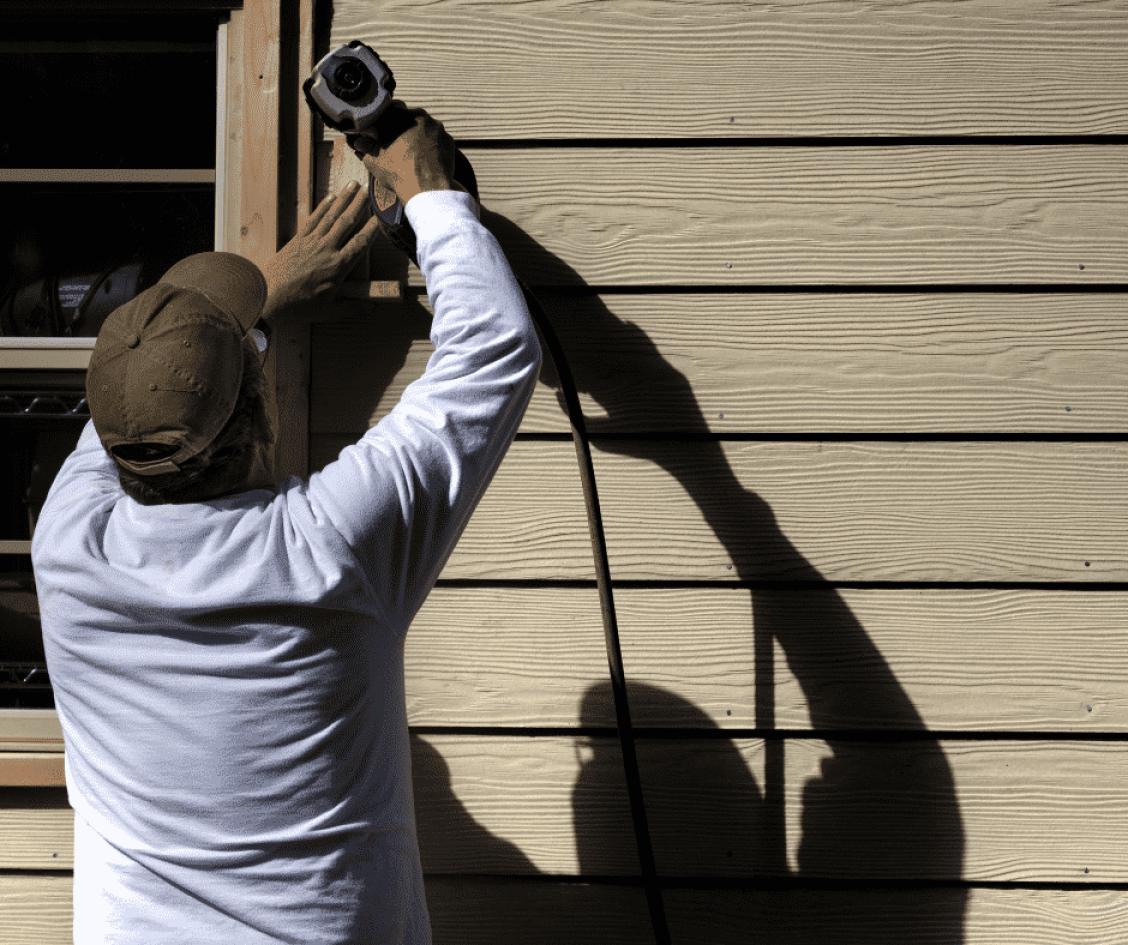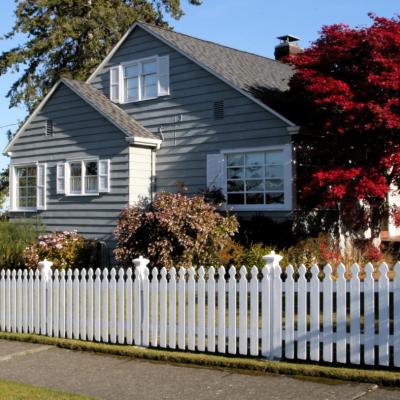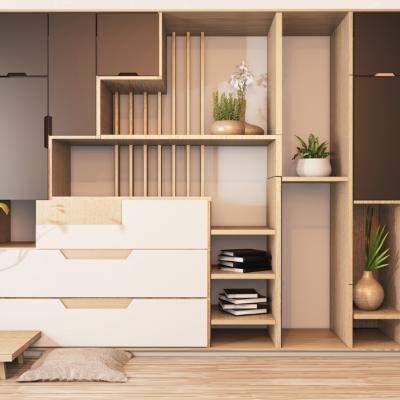Replacing vs. Repairing: When Is It Time to Update Your House Siding?

Your home's exterior not only protects it from the weather but also makes a big aesthetic and curb appeal contribution. It is your home's outer shell. Siding is one of the most important exterior home features. Your home's siding not only makes it seem better, but it also acts as a vital barrier against moisture, vermin, and other environmental elements. Siding, however, is subject to deterioration, corrosion, and normal wear and tear over time. When this occurs, homeowners have to choose between replacing or repairing their siding. We'll go over the important things to think about in this in-depth guide to help you decide whether siding on your home needs to be updated.
Evaluate the State of Your Home's Siding
It's critical to check the existing state of your house siding before determining whether to replace or repair it. Here are some important things to think about:
Visible Damage: Look for obvious indications of damage, such rot, warping, holes, or fractures, on your siding. These problems can need replacement or repair since they jeopardize the integrity of your siding.
Moisture and Mold: Too much moisture can encourage the formation of mold, which can harm your siding and endanger your family's health. It might be time to take care of the problem if you see any indications of mold or mildew on your siding.
Fading or Discoloration: Siding may fade or change color as a result of weather and sun exposure over time. Although it might not have an impact on your siding's operation, this can lessen its curb appeal and attractiveness.
Energy Efficiency: Higher heating and cooling expenses might result from energy loss caused by outdated or improperly built siding. Your siding may not be offering enough insulation if you see a noticeable increase in your energy expenses or drafts around windows and doors.
Pest Infestation: By digging into or building nests behind siding, rodents and insects can cause damage. It is imperative that you take immediate action to stop additional damage if you see indicators of a pest infestation, such as holes or chew marks.
Fixing the Siding of Your Home
Repairs are frequently a more viable option for minor siding problems than complete replacement. The following are some typical fixes that could be made:
Patching: To stop moisture intrusion and more damage, small cracks or holes in siding can frequently be closed or mended with caulk or epoxy.
Replacement of Damaged Panels: Rather of replacing the entire siding, a few damaged siding panels may be replaced separately.
Cleaning and upkeep: Keeping your siding clean and well-maintained will help extend its lifespan and solve problems like mildew, mold, and discoloration.
Reinforcement: To stop additional damage and increase stability, lose or drooping siding may be reattached or reinforced.
Painting or Refinishing: Painting or refinishing your siding can bring back its original look and shield it from further deterioration if it has faded or become discolored.
Replacing the Siding on Your Home
Sometimes, fixing the siding of your home won't be enough to solve the underlying problems or produce the intended outcomes. Here are a few indicators that it might be time to get new siding for your home:
Extensive Damage: Replacing siding that has deteriorated or been severely damaged may be more affordable than trying to fix individual panels.
Structural Issues: In order to maintain the integrity of the outside of your home, siding that is either improperly affixed to it or causing structural problems like rot or mold growth may need to be changed.
Outdated Materials: Modern siding options offer more energy efficiency, durability, and aesthetic appeal than older siding materials. The value and appeal of your property can be enhanced by replacing old siding with more modern siding made of newer materials.
Energy Efficiency: You can save money on heating and cooling expenses and enhance the comfort of your house by switching to siding made of energy-efficient materials, including fiber cement or insulated vinyl.
Aesthetic Considerations: Replacing your siding with a new color, style, or texture can dramatically improve the curb appeal and refresh the appearance of your home.
Selecting the Appropriate Siding Material
Selecting the appropriate material is essential if you want to replace the siding on your home. Here are a few well-liked choices to think about:
Vinyl Siding: Vinyl siding comes in a variety of colors and styles and is long-lasting and low-maintenance. In addition, it is reasonably priced and provides exceptional protection against fading, moisture, and insects.
Fiber Cement Siding: The fiber cement siding material is renowned for its resilience to fire, longevity, and adaptability. It has the appearance of brick, stucco, or wood, but it is much more durable and resistant to weather damage, rot, and pests.
Wood Siding: Wood siding gives a home a warm, timeless appearance that enhances its charm. Wood siding offers unmatched beauty and may endure for decades with proper care, but it does require more maintenance than other materials.
Metal Siding: Made of steel or aluminum, metal siding is low-maintenance, extremely durable, and resistant to fire. It can be a great choice for modern or industrial-style houses and comes in a range of finishes.
Engineered Wood Siding: This type of siding blends the strength and stability of engineered materials with the organic beauty of wood. It has the appearance of conventional wood siding without any of the problems with rotting, warping, or insect damage.
Depending on the degree of damage, your spending limit, your taste in aesthetics, and your long-term objectives for your property, you may decide to replace or repair your siding. You can choose wisely and improve the appearance, usability, and value of your house for many years to come by closely examining the state of your siding and speaking with a licensed contractor.


